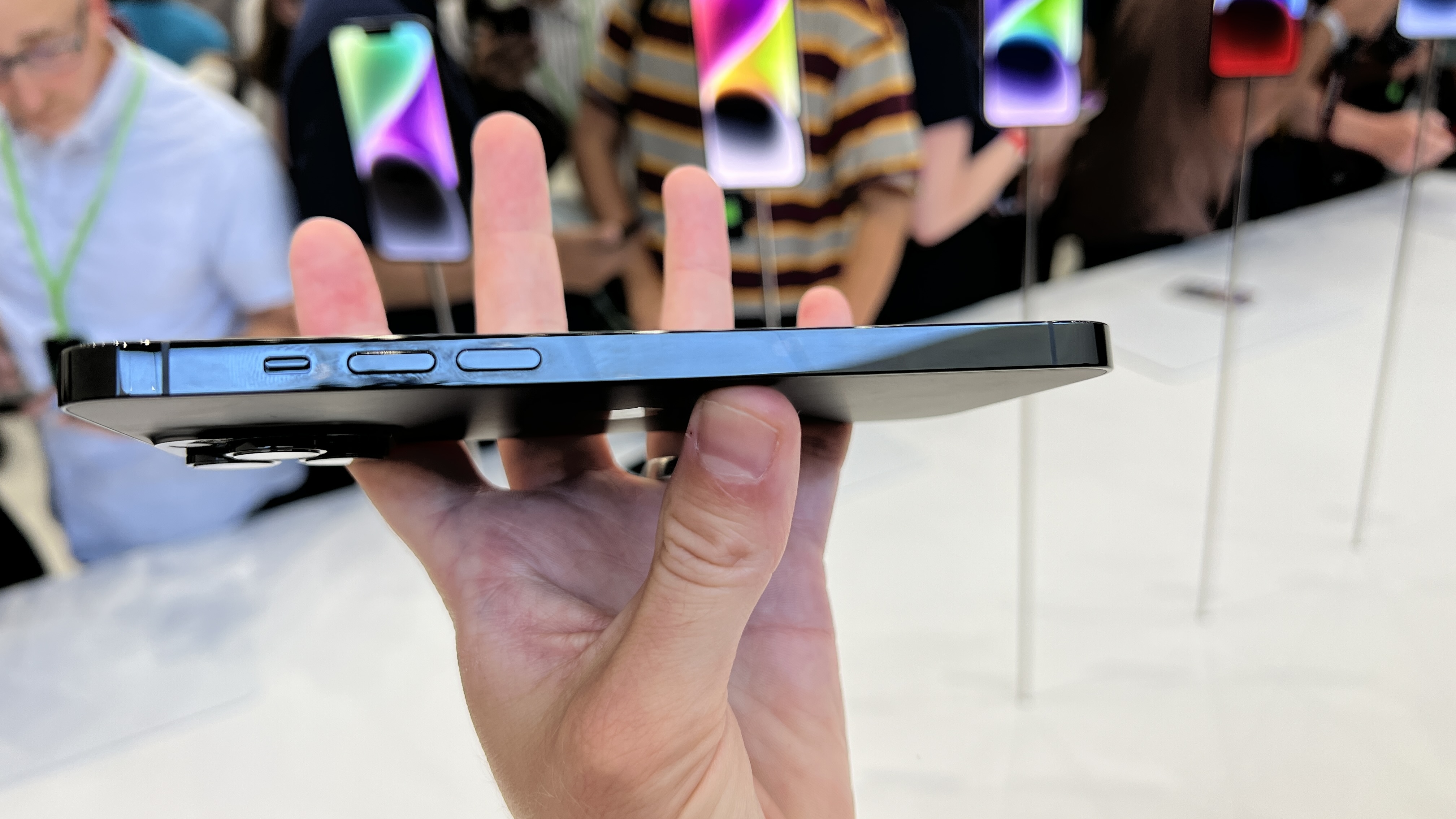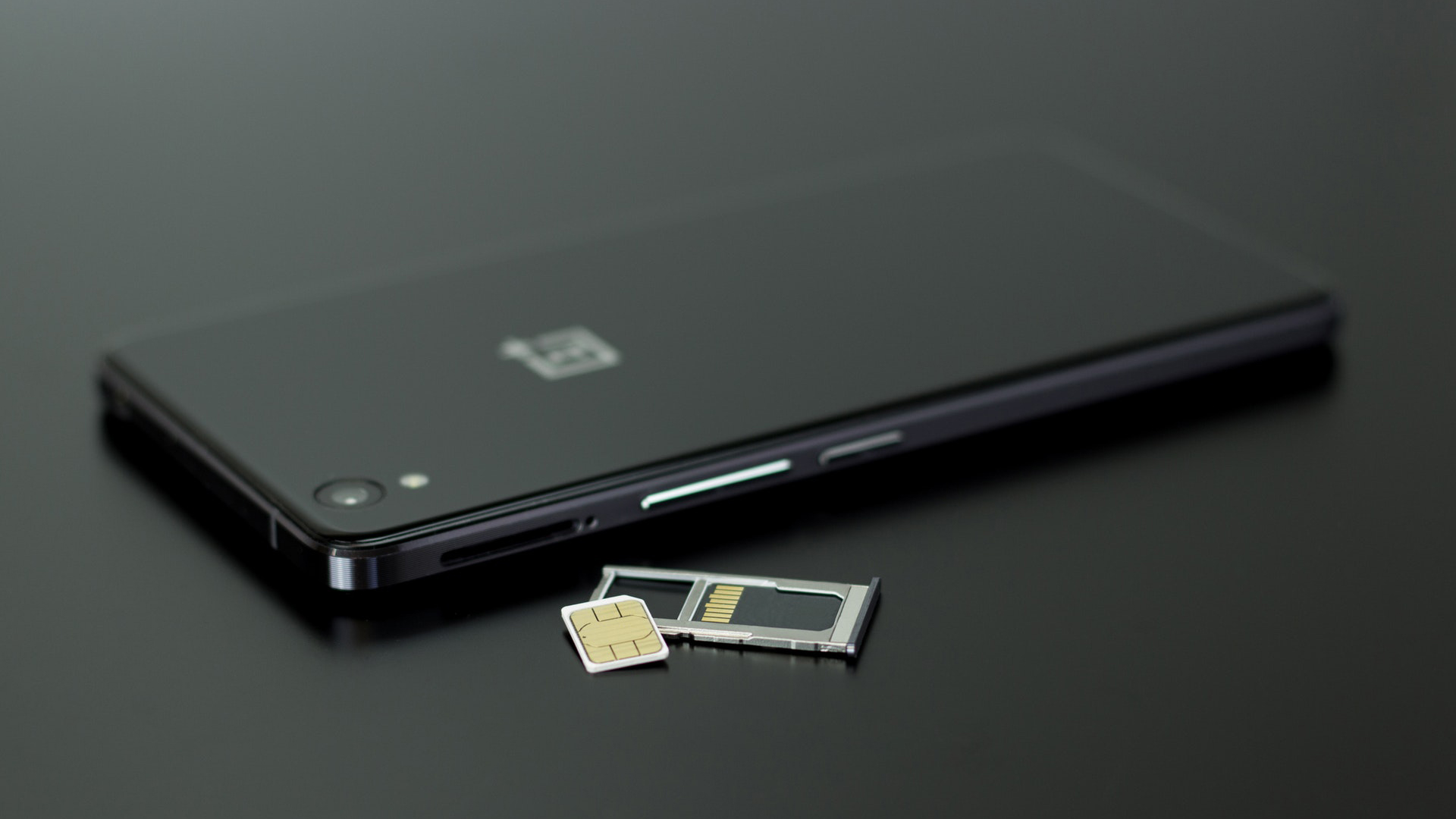eSIMs may be the future, but they’re a mess right now
eSIMs still have a lot of growing up to do

SIM cards are the new 3.5mm headphone jack, circa the iPhone 7’s launch: Everyone has them right now, but Apple has signaled that it'll be getting rid of them eventually. Soon, the best phones you can buy will likely follow suit, and we’ll all feel the pain.
The replacement to the removable SIM card – or eSIM (embedded SIM) – is a growing technology that has been available for a few years now. Their presence in many phones spans years, yet they haven't really being taken seriously until the iPhone 14 went eSIM-only in the US. As a result, the current state of the technology has proven rather inconvenient compared to regular old physical SIM cards. Some of these cracks only really show up when you go looking for them, but it's the edge cases that make me take a step back – and have me wondering why The Future™ looks so messy.
The trouble with eSIMs
My carrier must be tired of me at this point. Like clockwork, I'm once again logging into the web portal and asking for a replacement SIM. This time it works, so I don’t have to battle with an irritating chatbot, as I struggle to find a customer service agent to speak with. No, I did not lose my SIM care or my phone. Instead, I got a new phone to review and I'm trying to put my primary SIM into it. It's not like the ‘before times’, when I didn't need customer service to get involved. No, because transitioning to eSIM, I now need my carrier to know whenever I’m switching phones, and it’s annoying to say the least.
I didn’t make the jump to eSIM because I had to; I wanted to. There’s no better way to gain insight into new technology than by using it for yourself.
On paper, eSIMs are better than physical SIMs; they aren't small or finicky things that you have to poke and prod at with a special tool, earring or a paperclip in order to insert, they also can’t be taken out of your phone and discarded by bad actors (more on that later too) if your phone were to be stolen. So it should be all sunshine and rainbows, right? Not quite.

Picture a scenario that ends with you getting rid of your old phone before receiving a new one. Rather than a one-minute process which involves taking your physical SIM card out of your old device and popping it in your new phone, it’s now a multi-step process that requires external help to successfully pull off. If you need to discard a phone because, say, you plan to sell it, it’s faulty, stolen or needs a repair, it’s now even less convenient, because you now have to go visit a carrier store, pull out some ID, wait for them to check their system, and so on and so forth.
I fully recognize this has got to be one of the most first world of first world problems. “I have so many phones that picking which one to switch to is more of a hassle than it should be,” would get no sympathy at the bar. At the same time, it does highlight a pretty glaring usability issue. If technology is supposed to make your life better, who are eSIMs better for?
Sign up for breaking news, reviews, opinion, top tech deals, and more.
Despite eSIMs being the future, I also have an instinctive revulsion to the concept. Remember now defunct CDMA technology? I only have a vague memory of it, but eSIMs evoke that same notion. CDMA phones were infuriating to use, they were locked to carriers and needed carrier involvement to switch numbers. You couldn’t SIMply pop out a SIM and change your number. Once set, they needed a lot of investment to change.
Of course, there are differences. There’s still a SIM card, it’s just embedded inside your device and comes from the manufacturer, rather than your carrier. You can still switch carriers, they just have to be a little bit more involved in the process than most are likely used to.
In the UK, not every carrier or plan offers eSIM support too. MVNOs like Voxi and Smarty don't support them, despite their parent companies doing so. Perhaps, it’s one of those situations where the road towards a future briefly touches upon familiar surroundings; leading one to wonder whether progression and regression have somehow been confused in a mad scramble of purpose-seeking motion.
Growing pains still hurt

I started this piece thinking about the 3.5mm headphone jack, and it may be instructive. Remember the switch from wired earbuds to wireless ones? From the annoyance of snagged or tangled cables to things like Fast Pair and simultaneous multi-device connectivity, essentially eradicating the few reasons wired earbuds were popular. The eSIM could well go that way. Imagine the future of eSIMs being as easily transferable as switching WhatsApp on devices. That’s a little fanciful for now, but there are changes coming to make the eSIM transition process more bearable.
At MWC 2023, Google announced that it planned to bring eSIM transfers to Android and make it quick, secure, and painless. “[B]uilding on GSMA’s global standard, we’re bringing a new eSIM transfer capability to Android that allows users to quickly and securely transfer their mobile plan to a new device, without having to swap a physical SIM card. Deutsche Telekom is taking the first step in using this industry standard to enable a SIMple and secure transfer with eSIM for the Android ecosystem,” the company said in a blog post.
Referring back to the iPhone 14, Apple's level of influence means that it can compel the uptake of more or less novel technologies. Yes, eSIMs were around in the past, but no one cared about them enough until Apple forced them to. Perhaps one day we'll be able to back up eSIMs as easily as you're able to back up a photo on your phone, perhaps switching will be as easy as scanning a QR code on your phone without needing to contact your carrier. For now, we can only hope.
Google says it's on the job, and your carrier might need to get involved. Will it evolve into something wholly carrier independent, or will it be like RCS – Linked to your carrier but backed up by Google? Apple's involvement in this means that there's a pretty big chance of it being the former, at least in consumers' eyes. That eSIM future looks glorious, though. The present of eSIM, on the other hand, remains tedious and inconvenient. Well, I’ve got a phone review in the works, so I need to go see a man about a SIM. Again.

A UK-based tech journalist for TechRadar, helping keep track and make sense of the fast-paced world of tech with a primary focus on mobile phones, tablets, and wearables.
When not writing on TechRadar, I can often be found reading fiction, writing for fun, or working out.